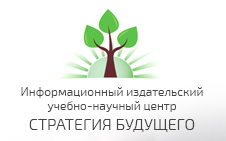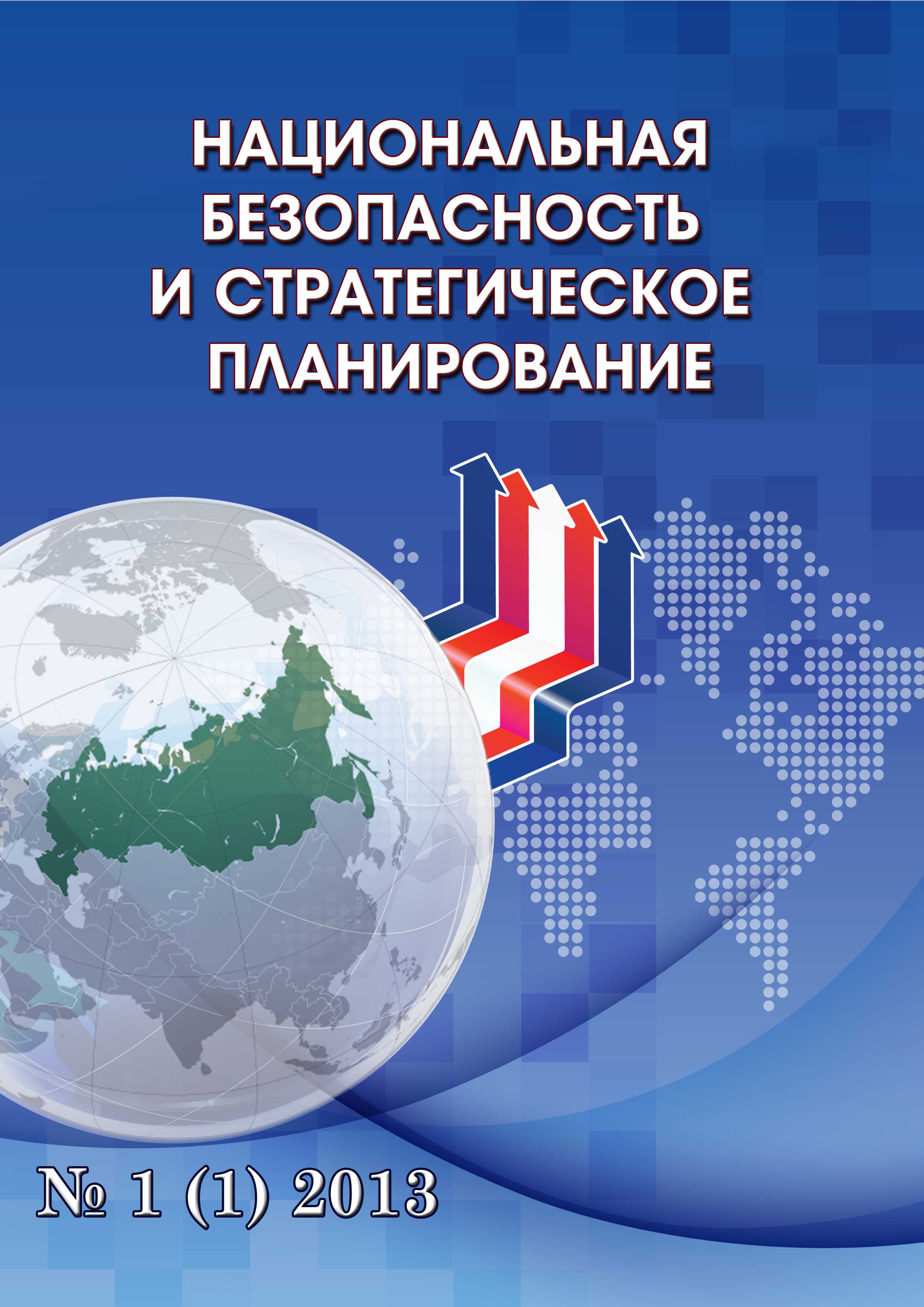Russian Federation
In the era of digitalization of critical infrastructure, digital twins – virtual models of physical objects and processes are gaining increasing importance. This article explores their potential in ensuring the cybersecurity of critical information infrastructure (CII). It addresses both the technological advantages of digital twins such as modeling, forecasting, and threat detection and the legal aspects of their application within the current legislation of the Russian Federation. Particular attention is given to the risks associated with their integration, including regulatory gaps, system vulnerabilities, and personnel challenges. The article emphasizes the need for a comprehensive approach to regulation, the development of standards, and the training of specialists to ensure the effective and secure implementation of digital twins in CII.
digital twin, critical information infrastructure, cybersecurity, legal regulation, Industry 4.0, cyber threats
1. Federal Law of July 26, 2017 No. 187-FZ "On the Security of Critical Information Infrastructure of the Russian Federation" // Federal Agency for Rights to Standards. - 2017. - URL: https://www.consultant.ru/document/cons_doc_LAW_220885/ (date of access: June 12, 2023).
2. How digital twins help Russian industry // Rusbase [Electronic resource]. - URL: https://rb.ru/longread/digital-twin/ (date of access: June 12, 2023).
3. GOST R 57700.37-2021. Computer models and modeling. Digital twins of products. General provisions. – M.: Standartinform, 2022. – URL: https://docs.cntd.ru/document/1200180928 (access date: 06/12/2023).
4. Wang Y., Su Z., Guo S., Dai M., Luan T., Liu Y. A Survey on Digital Twins: Architecture, Enabling Technologies, Security and Privacy, and Future Prospects // IEEE Internet of Things Journal. – 2023. – V. 10. – P. 14965–14987. – DOI:https://doi.org/10.1109/JIOT.2023.3263909.
5. Masi M., Sellitto G., Aranha H., Pavleska T. Securing critical infrastructures with a cybersecurity digital twin // Software and Systems Modeling. – 2023. – V. 22. – P. 689–707. – DOI:https://doi.org/10.1007/s10270-022-01075-0.
6. Fei Tao, Bin Xiao, Qinglin Qi, Jiangfeng Cheng, Ping Ji. Digital twin modeling // Journal of Manufacturing Systems. – 2022. – V. 64. – P. 372–389. – ISSN: 0278-6125.
7. Popov A. M., Zolotarev V. V., Kunts E. Yu. The problem of information security management when creating a digital twin of a discipline // Caspian Journal: Management and High Technologies. - 2022. - No. 2 (58). - P. 109-118.
8. Kasimova A. R., Zolotarev V. V., Safiullina L. Kh., Balyberdin A. S. Using a digital twin in information security management tasks // Caspian Journal: Management and High Technologies. - 2023. - No. 1 (61). - P. 48-58. – DOIhttps://doi.org/10.54398/20741707_2023_1_48. – EDN GVJYUN.
9. Isnaini K. N., Suhartono D. Evaluation of Basic Principles of Information Security at University Using COBIT 5 // MATRIK: Jurnal Management, Information Technology and Computer Science. – 2022. – V. 21. – No. 2. – P. 317–326.
10. Review of changes in the critical information infrastructure legislation for May 2021 // Competence Center for Critical Information Infrastructure Security [Electronic resource]. – URL: https://187.ussc.ru/news/detail/obzor-izm-may-2021/ (accessed: 12.06.2023).
11. Resolution of the Government of the Russian Federation of February 8, 2018 No. 127 "On approval of the Rules for categorizing critical information infrastructure facilities of the Russian Federation, as well as the list of indicators of significance criteria for critical information infrastructure facilities of the Russian Federation and their meanings" // FSTEC of Russia [Electronic resource]. – URL: https://fstec.ru/dokumenty/vse-dokumenty/postanovleniya/postanovlenie-pravitelstva-rossijskoj-federatsii-ot-8-fevralya-2018-g-n-127 (date of access: 12.06.2023).








